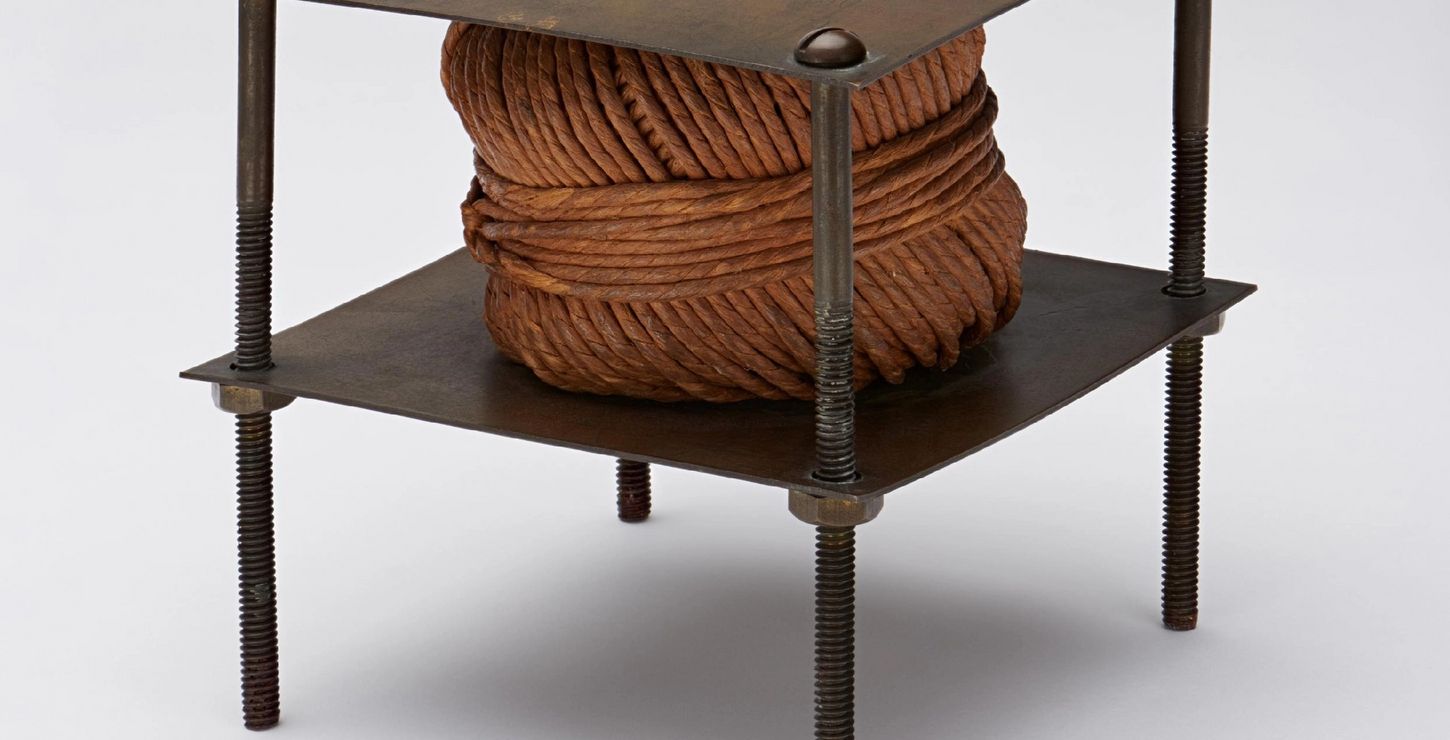Main Building
Rolywholyover A Circus is a composition for museum created by the composer, writer, philosopher, and visual artist John Cage (1912-1992). One of the last large-scale projects that Cage conceived prior to his death, Rolywholyover A Circus transforms the Philadelphia Museum of Art into the setting for a constantly changing array of art, performances, film and video screenings, readings, and special programs. With many activities in the Museum occurring simultaneously, as in a circus, and the location of many objects in a constant flux guided by a computerized process of random distribution, the project breaks with traditional approaches to museum exhibition programming. The exhibition features a selection of works by artists important to Cage, interactive computer installations, and relevant ephemera, all rearranged daily according to a chance-derived "score." Cage said of the project, "The basic idea is that the exhibition would change so much that if you came back a second time, you wouldn't recognize it." Also on view are objects from fifty Philadelphia-area museums and special collections, chosen by chance procedures, as well as Cage's own graphic works. In the galleries is a media space offering live and prerecorded events throughout the run of Rolywholyover A Circus. Cage encouraged his audience to be open to unexpected experiences, and, in keeping with this philosophy, these events at the Museum will only be announced on the day of their presentation.
Itinerary
Museum of Contemporary Art, Los Angeles
Menil Collection, Houston
Guggenheim Museum Soho, New York
Mito Art Tower, Japan
Philadelphia Museum of Art
